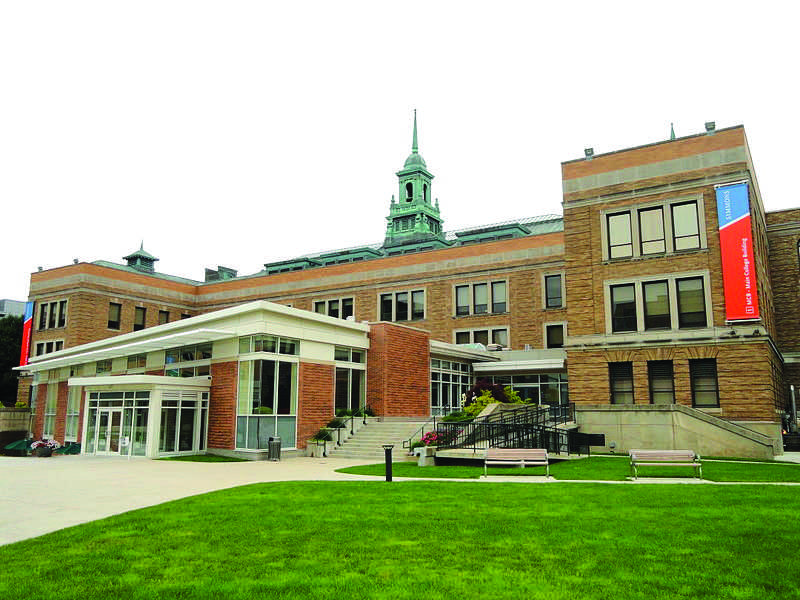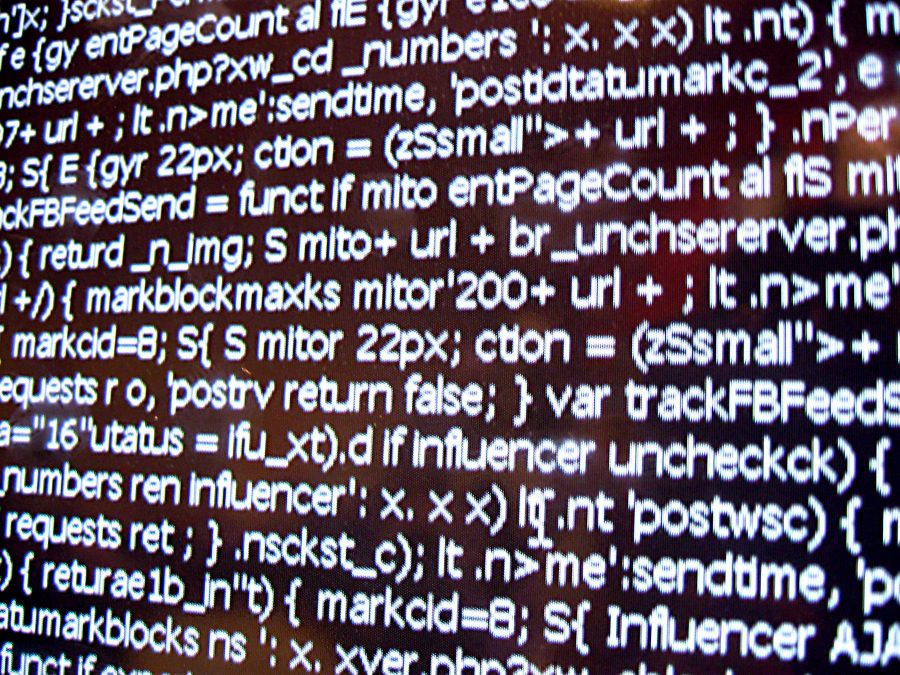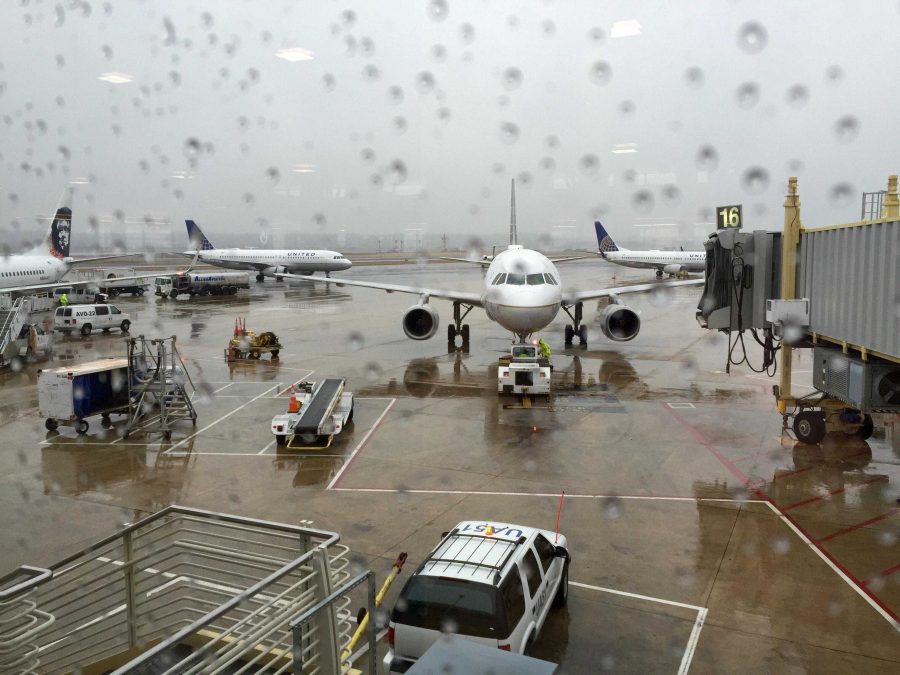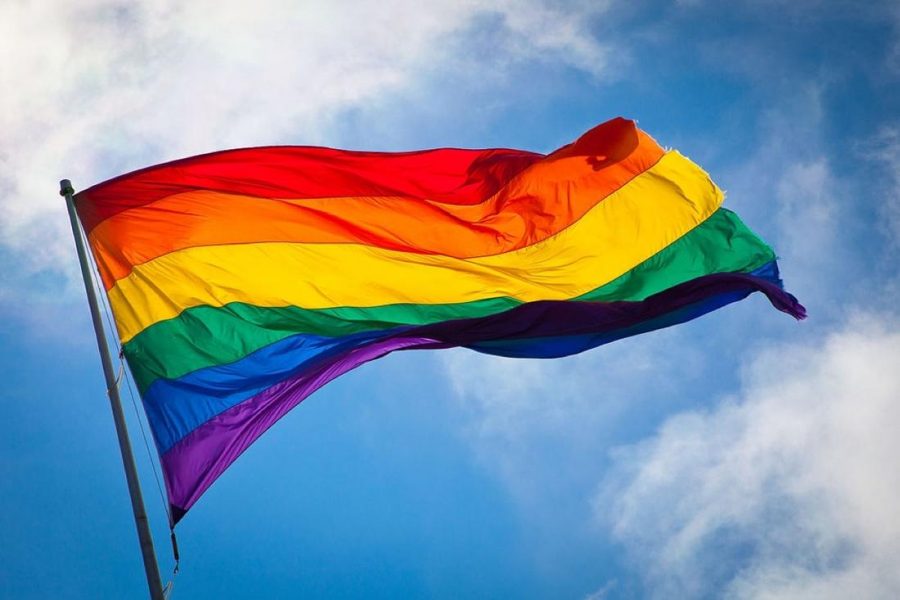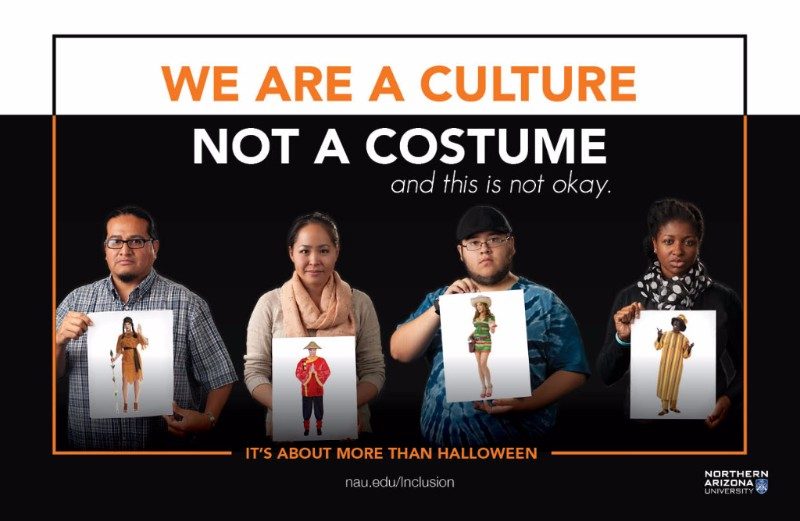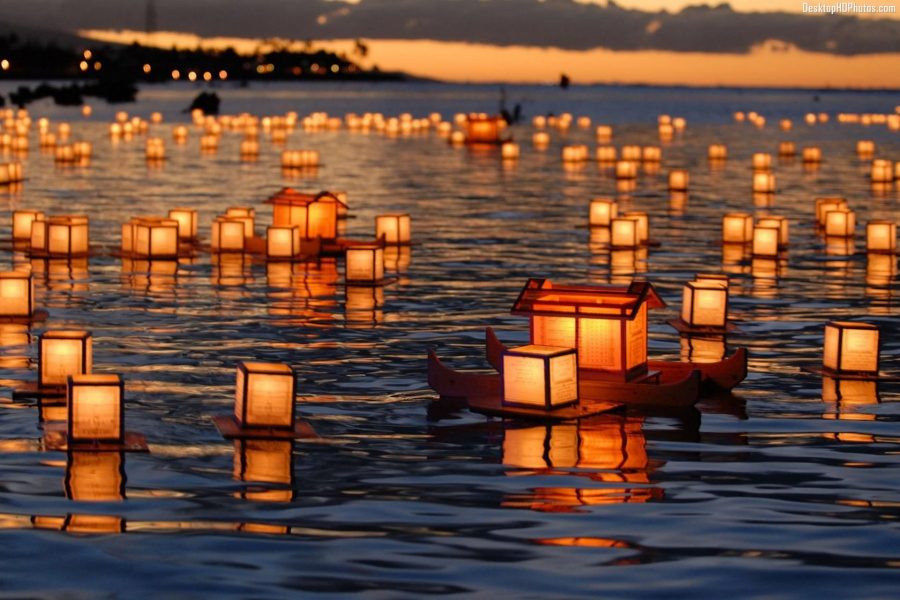By Amanda Bibbins
Staff Writer
On Sunday, Sept. 28, tens of thousands of students gathered in Hong Kong to protest the Chinese government’s decision to hand pick the chief executive candidates for the national election in 2017, which resulted in 34 injuries.
The protests began as demonstrations of peaceful civil disobedience. Many of the protesters were in their 20’s, hoping to affect change in their government at young ages.
Calling for true universal suffrage, where citizens are able to choose their candidates, the protesters refused to speak to current Chief Executive C.Y. Leung. In addition to demands for universal suffrage, the protesters are asking for the resignations of C.Y. Leung and three other prominent Chinese politicians. It is the responsibility of the Chief Executive of Hong Kong to head the government of the city.
Hong Kong has been under Chinese control since 1997, having previously been a British colony. At the time, Hong Kong was promised “one country, two systems”, wherein the city would eventually get to choose its own leader through universal suffrage.
Now protesters claim that the Chinese government has failed to keep its promise to the citizens of Hong Kong. This tight-fisted approach to democracy for semi-autonomous Hong Kong was ill-received in the city.
In response to the protests, the centralized government took a hard approach, spraying tear gas into the crowd scatter the protesters. Many demonstrators used umbrellas to deflect pepper spray, leading the movement to be called the “Umbrella Revolution”.
As the protest’s hours lead into days, the movement has adopted a greater identity, “Occupy Central.” Central refers to the business district in Hong Kong in order to get the government’s attention. The protest is modeled after New York City’s Occupy Wall Street movement in 2011.
China has been a Communist country since October of 1949, and the rest of the country’s affairs aredecided upon by the Communist Party.
These demonstrations have concerned the international community, as it remembers the 200 protesters killed by the Chinese military in Tienanmen Square in 1989.
CNN advises people in the area to share their images, but to stay safe.




